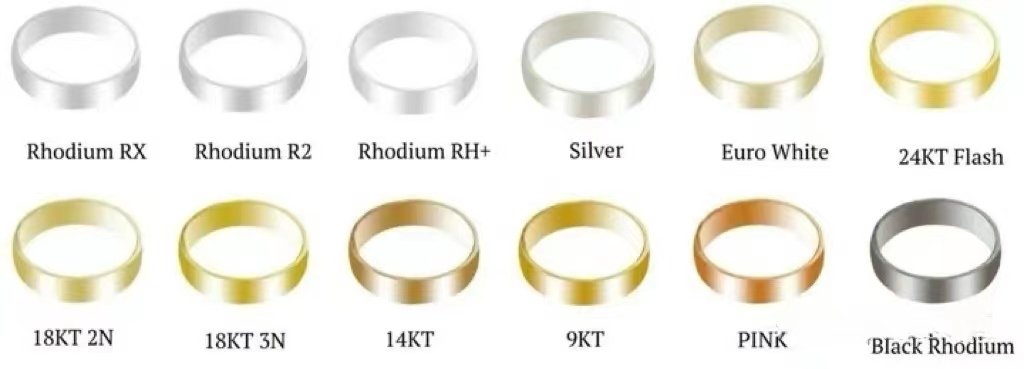
If you are starting a jewelry business or wondering how silver jewelry can tarnish after a few days of wear? Please take 5 minutes to read this article and you will find the answer. Also, you can give your opinion on some occasions when you encounter problems related to jewelry plating.
What is electroplating?

Electroplating is a complex process, taking gold plating as an example: the material to be plated is dipped in potassium gold cyanide solution as the cathode, and the metal plate as the anode, after the DC power supply is connected, a gold layer will be deposited on the material to be plated. In this way, the process of depositing the plating layer by electrolytic method is called electroplating, which is also commonly known as water plating. At present, water plating technology is quite mature.
Why do jewelry need plating?
Jewelry plating is used to prevent corrosion, to improve the wear resistance and reflectivity of jewelry, and to make jewelry look more beautiful. The most common method of jewelry plating is to apply a thin protective film to the surface of metal products by electrolysis.
How should we electroplate jewelry?
1.Hanging copper wire
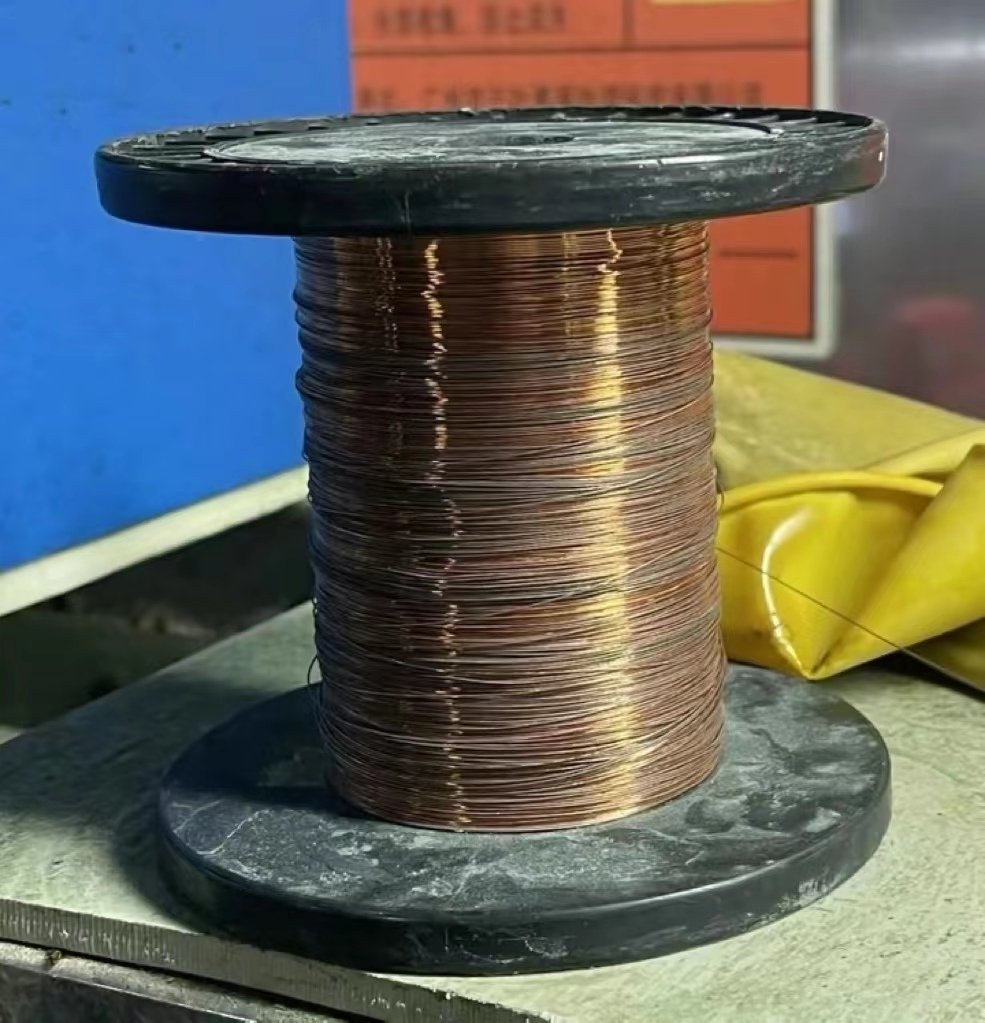
Use copper wire to hang the jewelry one by one on the silicone holder to ensure that the jewelry is plated completely and evenly.
2.Wax removal cleaning
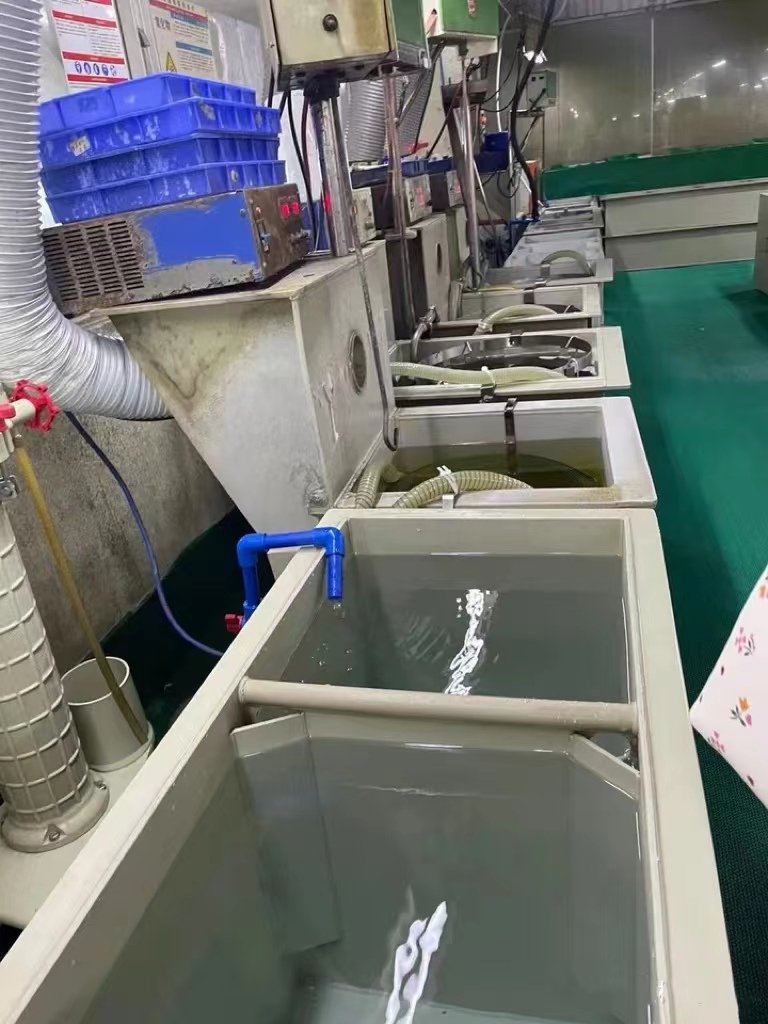
The surface of jewelry is electrolytically cleaned by pure water. The quality of water washing has a significant impact on the stability of the plating process and the appearance of plated products, corrosion resistance and other quality indicators.
3.Silver plating

After the overall cleaning, the jewelry is put into a silver tank for a base layer of silver plating, the purpose is to make the other metal materials and the base material adsorption between the stronger. After the silver layer is plated, the jewelry is washed again with pure water to avoid the chemical material in the silver tank from affecting the next metal tank (there is a fixed cleaning action after each metal layer is plated, mainly to eliminate the intermixing of each metal tank material). The thickness of the silver layer of the base layer is usually 3~5mircon.
4.Palladium Plating
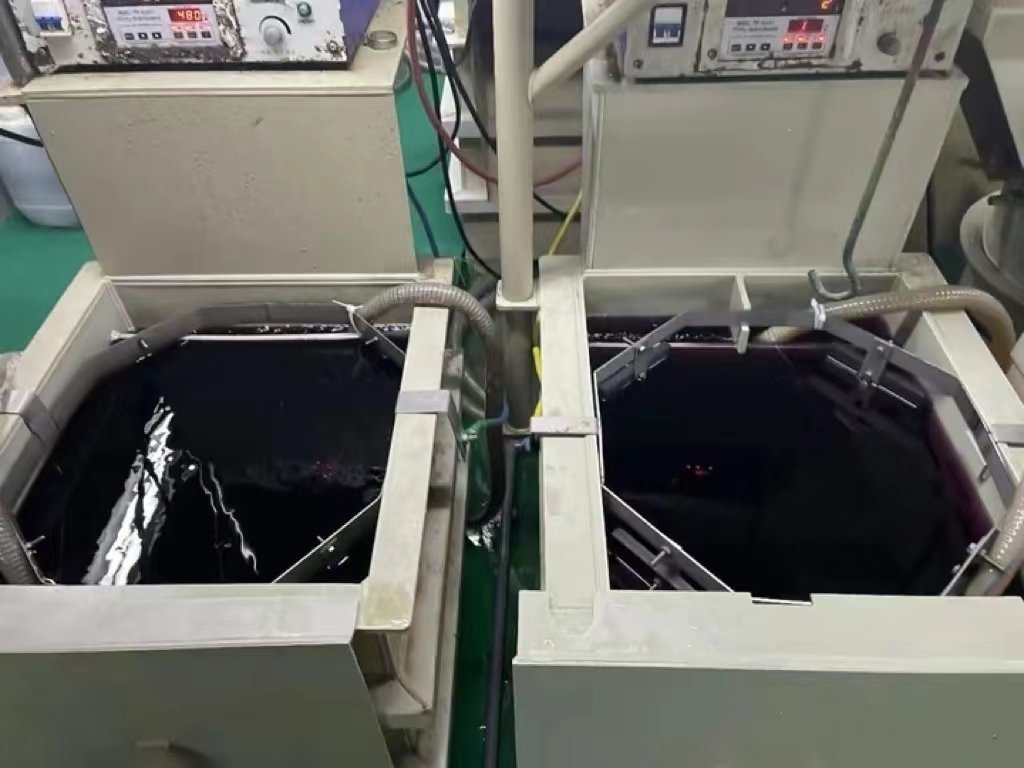
After cleaning, the jewelry undergoes palladium plating to increase its wear and oxidation resistance. The thickness of the palladium layer is typically 0.02 microns.
5. Rhodium Plating
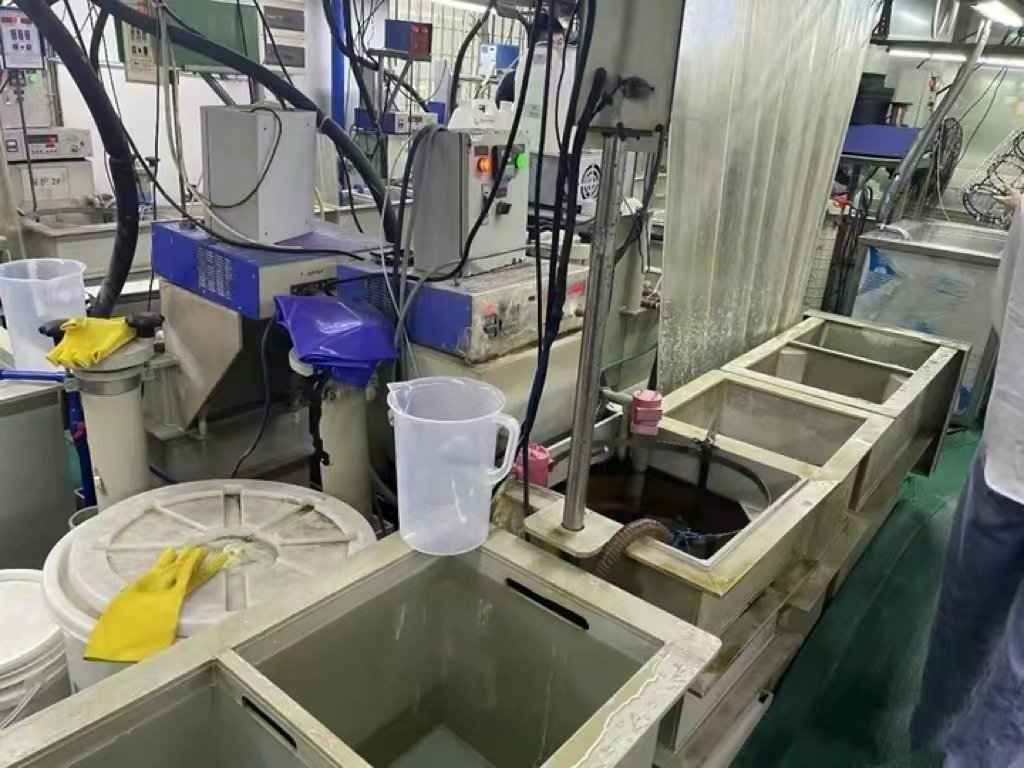
Rhodium plating involves using rhodium as a precious metal plating layer to give the jewelry a bright, wear-resistant finish and increase its whiteness, giving it a more beautiful and high-class appearance. The thickness of rhodium plating is generally 0.02 to 0.03 microns, with the thickest being able to plate up to 0.3 microns.
The thickness of rhodium plating is often referred to as the micron thickness of the plating. Rings that lose color within a few days of wear are often due to the thickness of the rhodium plating. Thicker rhodium plating layers will reduce the possibility of color loss, but at a higher cost. Some plating factories in the market reduce costs by falsely charging for a 0.03 micron thick plating fee when the actual plating thickness is only 0.01 micron. This can lead to a poor reputation in the market, which can negatively affect a customer’s brand image. The plating color for gold is also a factor, with gold plating available in many colors such as 9K/14K/18K/22K due to the addition of copper. The thickness of gold plating is generally 0.03 to 0.05 microns, with the thickest being 5 microns.
6.High temperature ultrasonic cleaning
After rhodium plating is completed, high-temperature ultrasonic cleaning is performed to ensure complete removal of acids and alkalis from the surface of the jewelry. This reduces the chance of discoloration of the finished product, a step that ordinary plating factories may not know exists or may choose to ignore to control costs.
7. Electrolytic protection

For better color retention, a protective coating is applied at the end using electrolytic protection. The result of this step depends on each manufacturer’s exclusive formula and technology. Some customers also request electrophoretic lacquer, which is an ultra-fine layer of transparent plastic that protects the silver and its plating, extending the life and luster of the jewelry. The color and feel of the jewelry may differ depending on the customer’s choice.
8. Bake dry
The last step is to bake dry the jewelry, which is a crucial step that some manufacturers may overlook. Poorly done baking can result in discoloration problems in the finished product after a short period. The success of this step directly affects the final product’s overall effect. Some steps can be modified according to the customer’s requirements. For customers who require high-quality appearance, the 3rd step of silver plating is finished before re-polishing the silver plating, resulting in an equivalent of 2 layers of silver plating. This can create a higher level of overall effect in the finished product. The factory serves customers from all walks of life and aims to create cost-effective products.
We have deep cooperation with first-tier brands such as APM, Disney, and Swarovski, and we are well aware of the quality control and international standard requirements. The plating process materials are all environmentally friendly, with absolutely no lead, nickel, tribute, and other harmful metals. Each step of the plating process is a careful operation in terms of the concentration of the electroplating agent, the concentration of the metal cylinder, and the operator’s control of time and temperature. If there is a mistake in any of the steps, the problem of jewelry discoloration will quietly appear.
How do we perform plating quality inspections?

We use the Salt Spray Test machine to accelerate the simulation of the natural oxidation process. Each batch of jewelry shipped by our Jewelry undergoes testing one by one, and the test results must meet normal standards before being sent to customers. The international standard is a 5% concentration for 24 hours. Our cooperative plating factory can reach a 10% concentration for 72 hours, which is considered an excellent international standard. We adhere to the establishment of customer quality moat, not only in plating, but also in all other aspects of our business.
